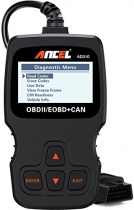-
Welcome to Tacoma World!
You are currently viewing as a guest! To get full-access, you need to register for a FREE account.
As a registered member, you’ll be able to:- Participate in all Tacoma discussion topics
- Communicate privately with other Tacoma owners from around the world
- Post your own photos in our Members Gallery
- Access all special features of the site
Your Truck’s A/C - Basics and FAQ
Discussion in 'Technical Chat' started by BradleyScottETC, Aug 6, 2010.


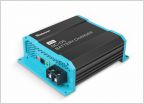 Dual Battery Wiring Question
Dual Battery Wiring Question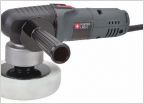 Exterior Paint Sealant or Carnuba Wax?
Exterior Paint Sealant or Carnuba Wax?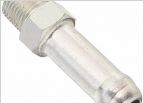 Problem doing the diff breather mod
Problem doing the diff breather mod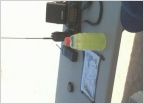 CB/HAM communications
CB/HAM communications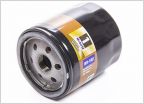 Too much oil
Too much oil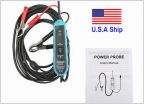 What is this electrical tester?
What is this electrical tester?















